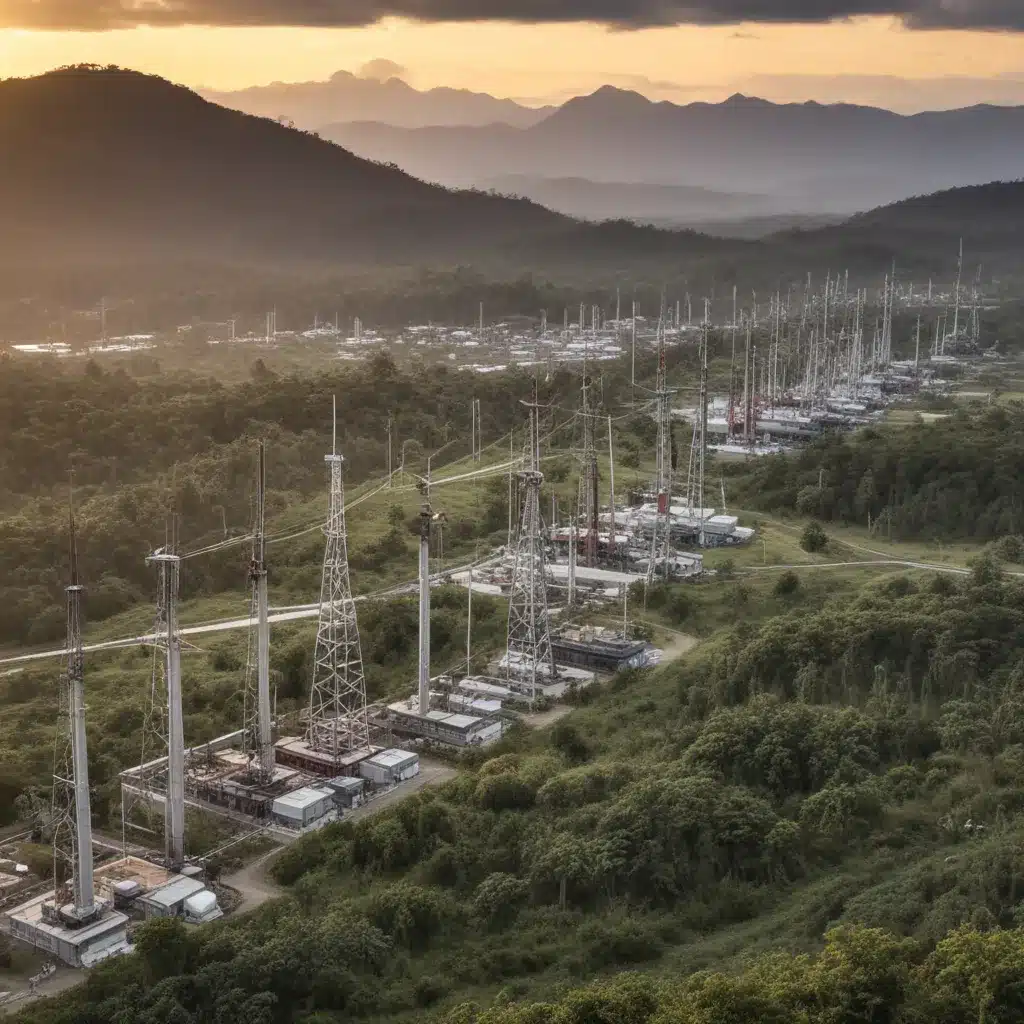
The Renewable Energy Revolution in Papua New Guinea
Papua New Guinea (PNG) stands at a pivotal crossroads in its energy transition, poised to harness its immense renewable potential and chart a path towards a sustainable, carbon-neutral future. As a nation grappling with one of the lowest electrification rates in the Pacific, the government has set an ambitious goal of reaching 70% household electrification by 2030. This transition presents both challenges and unprecedented opportunities to transform the country’s energy landscape, reduce emissions, and improve the lives of its people.
Renewable Energy Potential and Targets
PNG is endowed with a wealth of renewable energy resources, from abundant solar irradiation to vast hydropower and geothermal capabilities. According to the International Finance Corporation’s Powering the Pacific report, the country has an estimated 15,000 MW of hydropower potential, 5,000 MW of geothermal potential, and immense untapped solar energy. If all proposed renewable energy projects in the pipeline come to fruition, they could provide 78% of the country’s grid-connected electricity by 2030.
The national government has identified several key renewable energy initiatives to drive this transition, including the development of 15 renewable energy projects totaling 427 MW in installed capacity, as well as 21 additional proposed projects totaling 45 MW. These projects, if fully realized, could significantly transform the energy mix and bring the country closer to its ambitious 2030 electrification target.
Transitioning Away from Fossil Fuels
Papua New Guinea’s energy sector is currently dominated by fossil fuels, primarily diesel and natural gas, which account for a staggering 87.7% of the country’s total emissions. The proposed Papua LNG project, a large-scale liquefied natural gas (LNG) development, has faced significant pushback due to concerns over its climate impact and financial risks.
The International Energy Agency’s Net-Zero by 2050 roadmap clearly states that no new gas projects are needed if global net-zero targets are to be achieved. Furthermore, experts predict that by the time the Papua LNG project comes online, the global natural gas market may be oversaturated, leading to lower-than-anticipated pricing and increased financial risks for the country.
In contrast, renewable energy sources offer a more sustainable and economically viable path forward. Diesel-powered generators, for example, can be up to 150% more expensive than biomass-powered alternatives and 50% more expensive than paired solar-storage systems. By transitioning away from fossil fuels and embracing renewable energy, Papua New Guinea can not only reduce its carbon footprint but also unlock significant cost savings and energy security for its people.
Overcoming Barriers and Unlocking Financing
Realizing Papua New Guinea’s renewable energy ambitions will require overcoming several key challenges, including the country’s deteriorating transmission and distribution infrastructure, land acquisition issues, and limited access to financing. The Power Sector Development Project, funded by the Asian Development Bank and the Australian government, aims to address these barriers by improving grid efficiency, expanding access, and supporting institutional capacity-building.
While PNG Power Limited, the state-owned utility, is able to fully recover its investment costs, the funding gap to complete all proposed renewable energy projects is estimated at around 400 million Kina. Grants-based financing and international climate funds, such as the Green Climate Fund, could play a crucial role in bridging this gap and accelerating the transition towards a sustainable energy future.
Empowering Communities and Building Resilience
Papua New Guinea’s unique land tenure system, with 97% of the land owned by indigenous communities, presents both challenges and opportunities in the renewable energy transition. Engaging local communities, obtaining comprehensive Free, Prior, and Informed Consent, and ensuring equitable benefit-sharing will be essential to the success of this transition.
The Pawarim Komuniti program, which provides grants to civil society organizations for off-grid electrification projects, is a promising example of how community-driven initiatives can drive sustainable energy access. Additionally, the National Electrification Rollout Program aims to address the needs of vulnerable populations, including women and low-income residents, in the push towards 70% electrification by 2030.
As a nation highly vulnerable to the impacts of climate change, Papua New Guinea’s energy transition is not just an economic and environmental imperative, but a matter of building resilience and safeguarding the livelihoods of its people. By harnessing its renewable energy potential, the country can not only reduce emissions but also enhance energy security, create new economic opportunities, and empower its diverse communities.
Conclusion: A Sustainable Energy Future for Papua New Guinea
Papua New Guinea stands at a critical juncture in its energy journey, with the potential to leapfrog traditional fossil fuel-based development and embrace a renewable-powered future. By leveraging its abundant clean energy resources, addressing infrastructure challenges, and unlocking innovative financing, the country can achieve its electrification goals while contributing to global climate action.
This transition will require a concerted effort from all stakeholders – the government, private sector, development partners, and local communities. By working together, Papua New Guinea can forge a path towards a sustainable, resilient, and equitable energy system, setting an example for other nations in the Pacific and beyond.
The power of renewable energy to transform lives and communities is already evident in rural areas of Papua New Guinea, where solar-powered water boreholes and off-grid electrification projects are improving access to essential services. As the country continues to chart its energy transition, these community-driven initiatives will play a vital role in ensuring that no one is left behind.
The road ahead may be challenging, but the promise of a renewable-powered future is both transformative and inspiring. Papua New Guinea’s energy transition is not just about numbers and targets – it’s about empowering communities, fostering resilience, and building a sustainable, equitable, and prosperous tomorrow. With the right strategies, partnerships, and commitment, this small island nation can become a shining example of how to harness renewable energy to power a brighter, more sustainable future for all.












